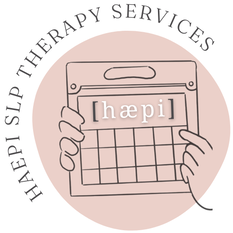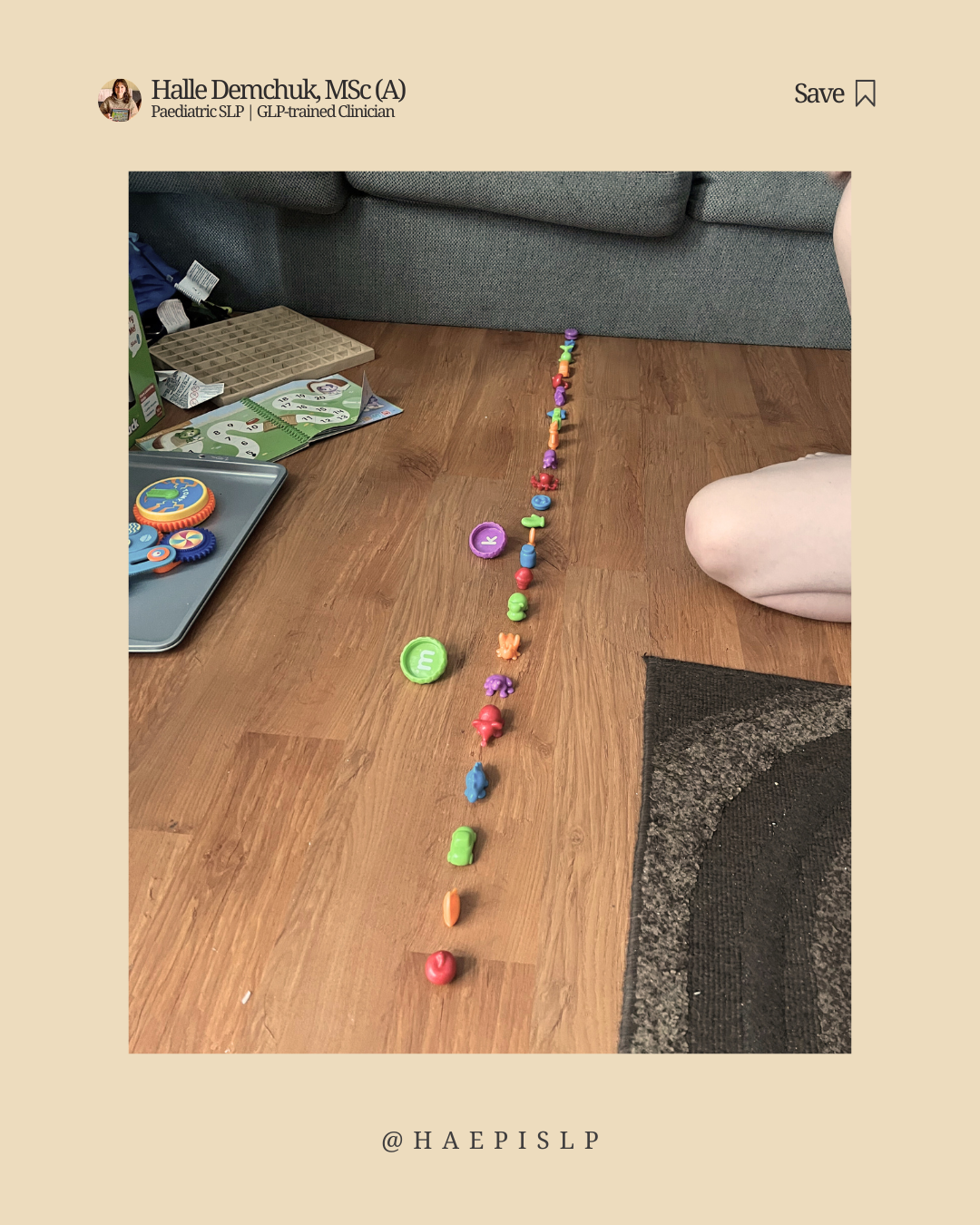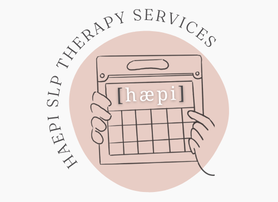|
I've talked about gestalt cognitive processors in a previous post, but here is another real-life therapy example of gestalt thinking and patterns. This child has special interest in the alphabet and numbers, so I try to incorporate that into our gestalt language therapy (following his lead and playing the way he wants to play!) . He LOVED the Alphabet Acorns, which are acorns that say a letter and have an item inside that starts with that same letter, and then the top of the acorn also has the lowercase letter. He opened all the acorns, while I modelled some gestalts, "open it up!", "take it out", "we did it." He started lining them up - nothing new here. But then I looked closer and he's LINING THEM UP IN ORDER of the alphabet - Apple, Boat, Car, Dinosaur, Elephant, etc. Keep in mind this is the FIRST time I've brought this toy, and he figured out what goes next SO FAST! Personally, once I get to about H in the alphabet I have to start from the beginning each time, but he was just placing them all into their spots without a second thought! He also had them spaced perfectly. It was amazing! Many Autistic individuals have gifts when it comes to seeing patterns, organization, etc. The gestalt part came in when I realized I was missing the 'k' toy. This whole alphabet is a gestalt (a set) to him, and is incomplete without the 'k.' However, he showed his flexibility in new situations when I explained it was missing, and we put the letter 'k' above where it should go. Do your clients/children have a special knack for patterns? How easy is it for us to miss these kinds of gifts if we aren't looking?! I encourage you to dig deeper into your client's gifts and strengths in each session. by Halle Demchuk, SLPPaediatric SLP | GLP-Trained Clinician | Owner of HAEPI SLP |
The HAEPI BlogCheck here for HAEPI updates, helpful SLP information, free resources, articles, and more!
Archives
June 2024
Categories
All
|
Empowering Happy Communicators |
get in touch |
Quick Links |
© HAEPI SLP THERAPY SERVICES.
HAEPI SLP Therapy Services is proudly neurodiverse, Indigenous-owned, and woman-operated.
We acknowledge that the City of Thunder Bay has been built on the traditional territory of Fort William First Nation, signatory to the Robinson Superior Treaty of 1850. We also recognize the contributions made to our community by the Métis people. We strive as guests on these lands to honour our responsibilities to care for this land and uphold the Treaties that were signed therein.




